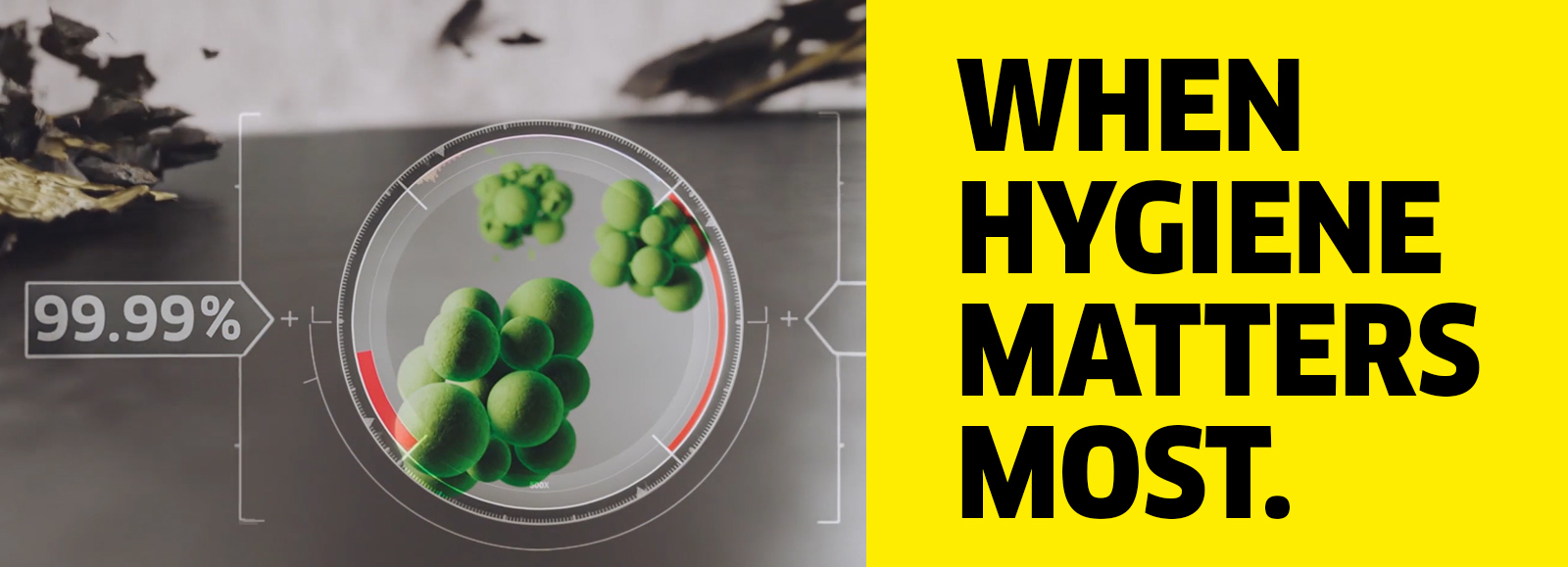Surface cleaning for protection against contact infections
The cleaning of surfaces is not only for aesthetics, i.e. removing visible dirt, but primarily for hygiene and safety. The transmission of diseases is prevented. This is particularly important in public facilities, but also in offices, in other words, where people meet regularly.
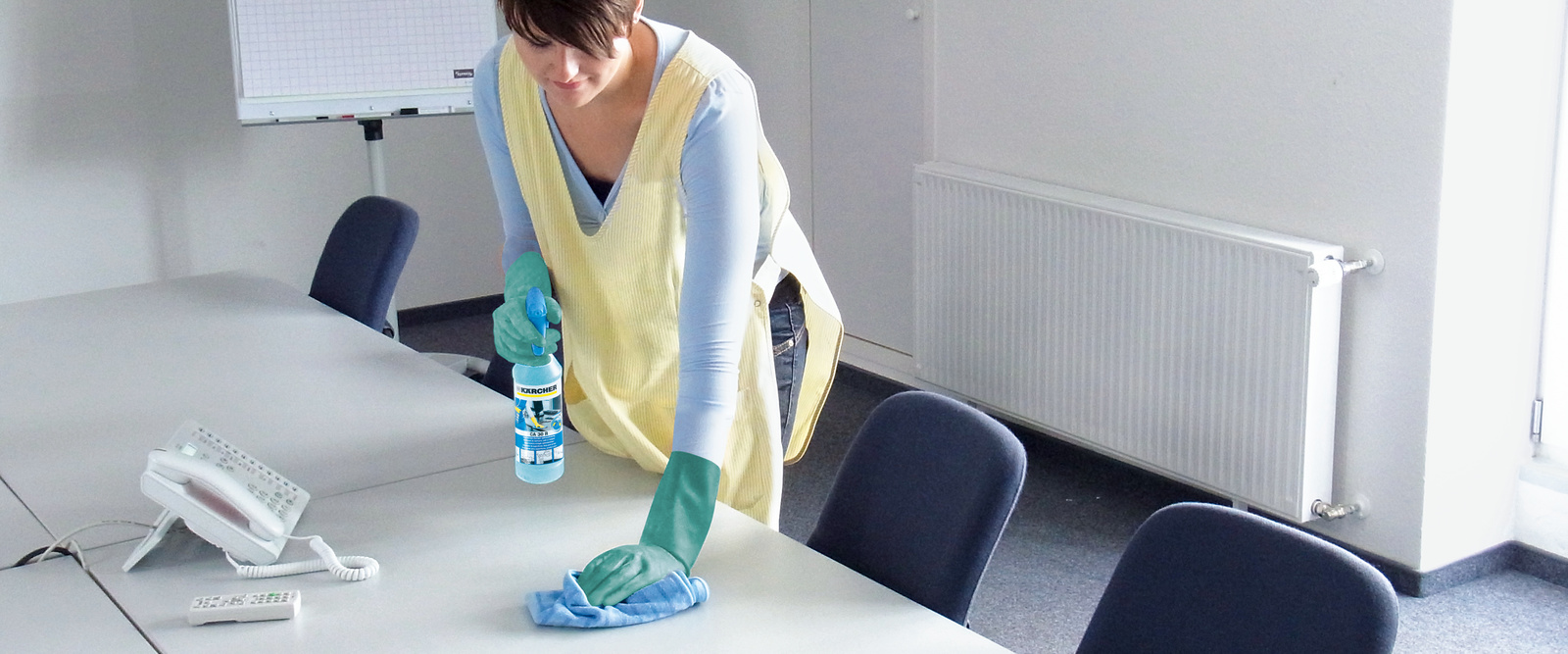
Methods for hygienic cleaning
To remove dirt but also to prevent contact infections, regular surface cleaning is particularly important. In order to protect the user, he should always pay attention to personal protective equipment and wear gloves.
An important point in surface cleaning is that cleaning textiles are replaced often, i.e. they are changed and not dipped into the clean water again. This prevents its contamination. There are different methods of hygienic cleaning. In principle, it is possible to work with pre-prepared cloths and wipes. The colour coding of the cleaning process should be strictly adhered in order to avoid the spread of germs.
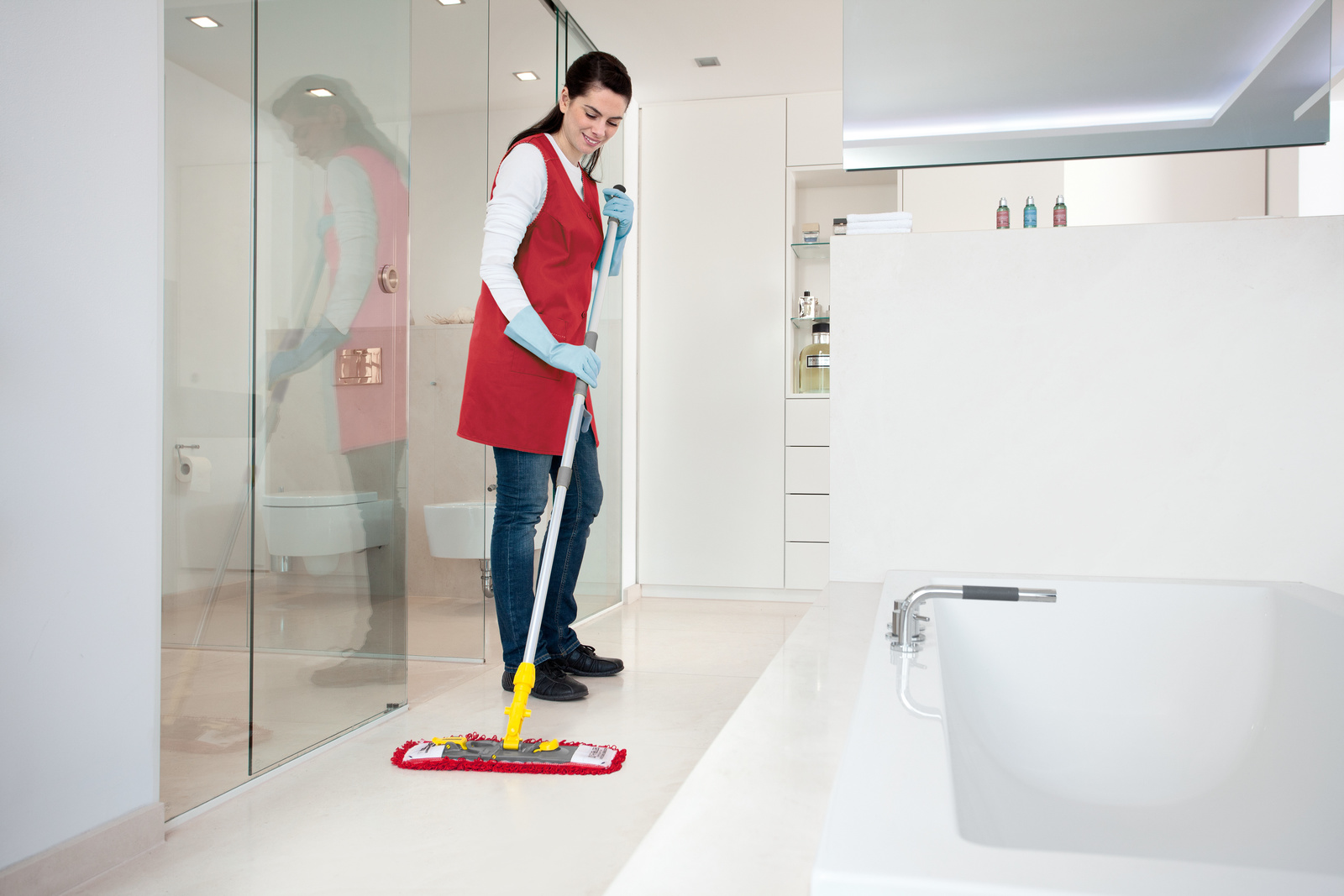
The change-cloth method - increased quality and productivity
In order to prevent the transfer of germs within a cleaning area, for example from one toilet to the next, the cloths must be changed for each new object that is to be cleaned. This is also relevant, for example, when cleaning different rooms - be it in offices or hospitals. Each room should be cleaned with a fresh cloth to prevent cross-contamination.
The 16-sides cloth folding method
For a hygienic approach to surface cleaning, the cloth folding method is recommended in combination with ready-to-use cleaning agents. The method originally comes from cleaning in the healthcare sector. The cleaning cloth is folded in half 4 times, so that a total of 16 sides are created. Now each surface can be treated with a fresh side, each of which is moistened with cleaning agent. Once you have used each side of the cloth, discard it and replace it with a fresh one.
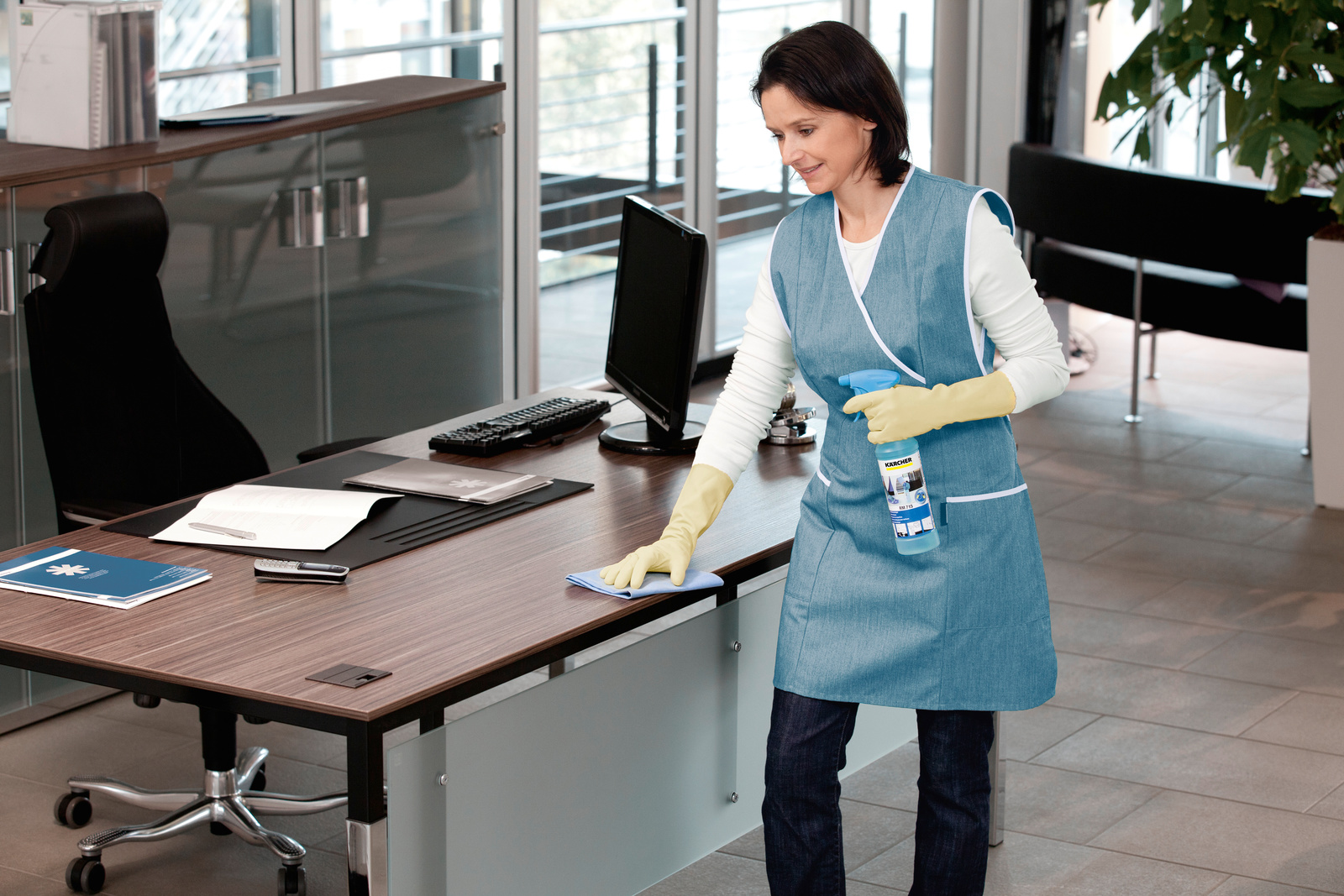
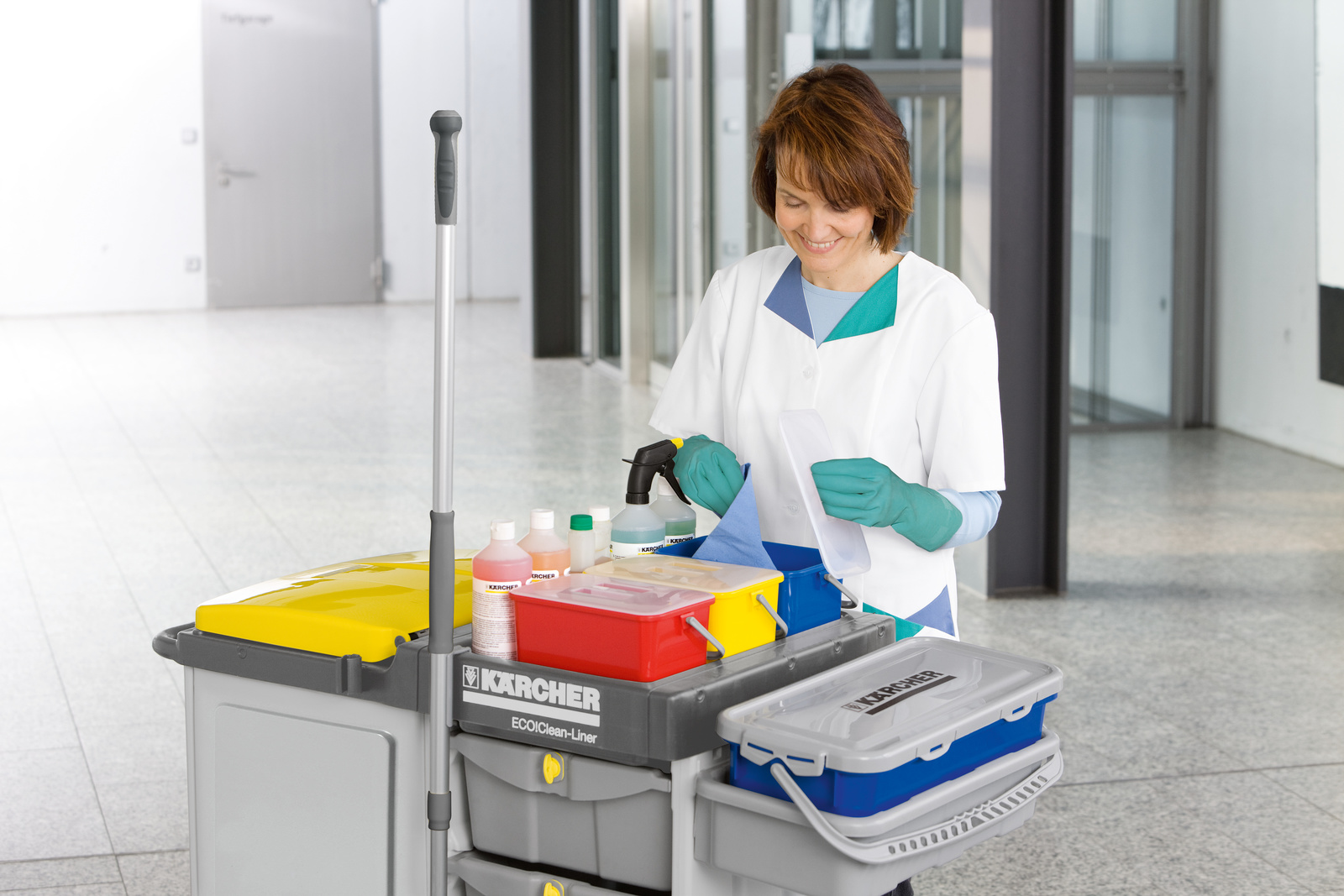
Four-colour system
For safe and hygienic cleaning there is a colour coding system. Each area to be cleaned is assigned its own colour, which can be easily distinguished from each other: red, green, blue and yellow.
Red: for the WC, urinal and the tiles in the surrounding area.
Yellow: for the sanitary area such as washbasins, tiles, shelves, fittings, mirrors, shower cubicles and bathtubs.
Blue: furnishings such as desks, cupboards, chairs, shelves, radiators, doors, etc.
Green: special areas e.g. cleaning and disinfection in the care area (care beds), operating room or kitchen.
This prevents a cloth that has previously been used to clean a toilet from being used to dust a desk and thus transmitting germs. Buckets, cloths and cleaning sponges are available in the relevant colours.

